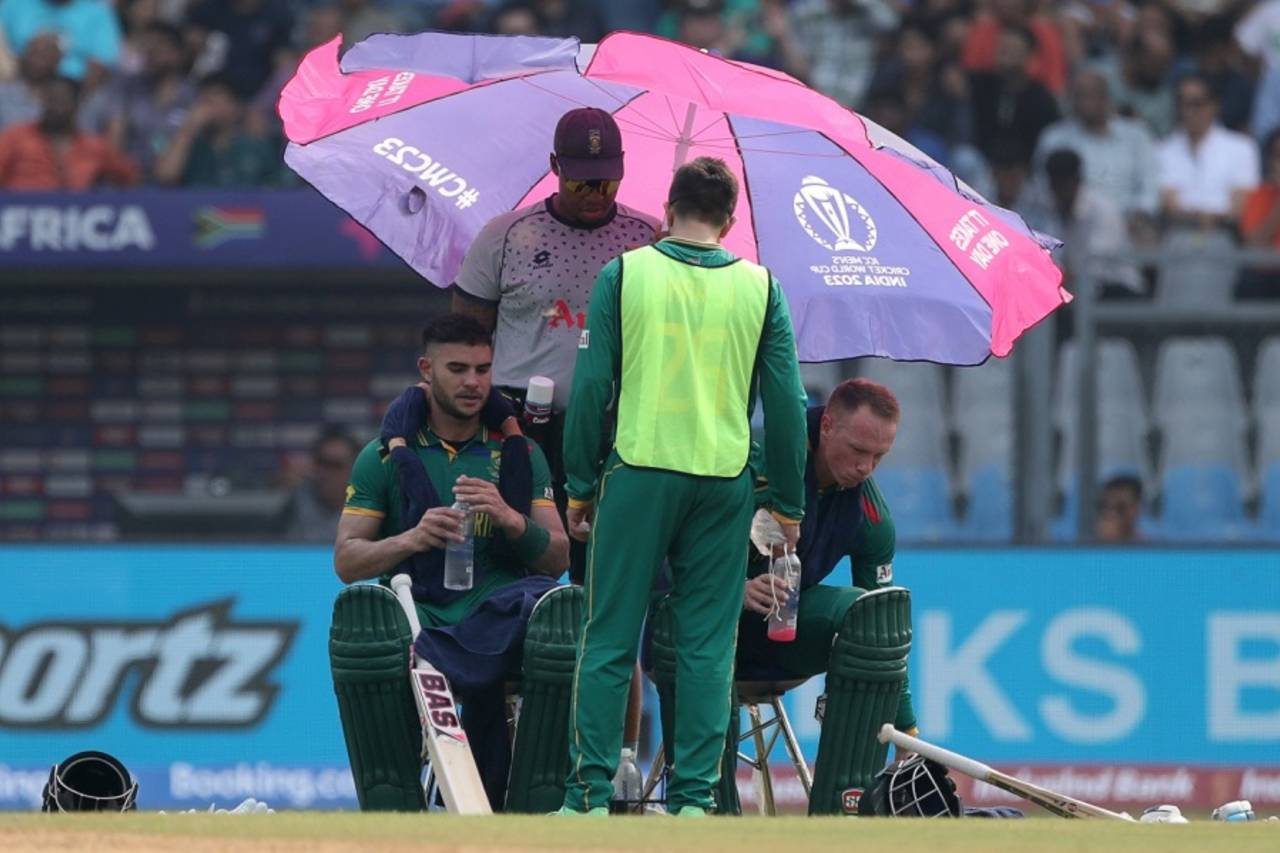I arrived in Bengaluru on Sunday and feel like I can breathe again. I had spent five days in Delhi, then six in Mumbai, and the combination of lower temperatures and better air quality over the last 48 hours has been so refreshing: Bengaluru is cool enough to walk around without breaking a sweat within five minutes, and I have been grateful for some fresher air.
My phone's weather app shows me the Air Quality Index (AQI) measurement of whichever city I am in, and in Delhi, it seemed to hover around 300-320. I spent five weeks in Mumbai earlier in the year and hardly noticed the air quality, but was struck by how poor the visibility was when driving to and from the airport in particular and the AQI was pushing 300 every time I checked.
According to a report in the Indian Express, spending a day outside in Mumbai with air quality levels as they are is about as bad for you as smoking five or six cigarettes in a day. At the time of writing in Bengaluru, it is down at 103, which the app describes as "moderately polluted". For comparison's sake, back home in London, the AQI is around 30.
We have reached a stage of the World Cup where England's struggles mean that any time an English player, coach or administrator dares to offer an opinion, they are derided by many as a whingeing pom making excuses. Regardless, I was struck by a comment that
Joe Root made a couple of days ago about conditions in Mumbai on Saturday.
"I've not played in anything like that before," Root said - remember, this is a man who has spent 11 years playing international cricket around the world, and was placed on a drip when battling heatstroke in Sydney back in 2018. "I've obviously played in hotter conditions, and probably more humid conditions, but it just felt like you couldn't get your breath. It was like you were eating the air.
"It felt like quite a hazy day," Root added. "You could definitely see that from one side of the ground, looking back towards the sun, it was a lot harder visually than it was on the other side of the ground. Whether it was air quality or what, it was definitely an experience I've not had before."
It is worth clarifying a few things: Root was answering a direct question, not looking to use this as an excuse; England were
thrashed by South Africa, played poorly and made the wrong call at the toss; and all teams at this tournament will spend long periods of time in the field in challenging conditions.
But these past few days have reinforced to me the fact that this sport is contributing to a problem that jeopardises its own future: it is impractical to cover this World Cup without racking up thousands of air miles and spending hours on the road in cars, and my individual carbon footprint for October-November will be unsustainably high as a result.
So just how serious is cricket about its role in tackling the climate crisis? Here's a guide: after battling through the third-hottest October day in Mumbai in the last decade on Saturday to score a brilliant century, South Africa's Heinrich Klaasen was awarded a Player-of-the-Match award sponsored by the world's largest oil producer.
